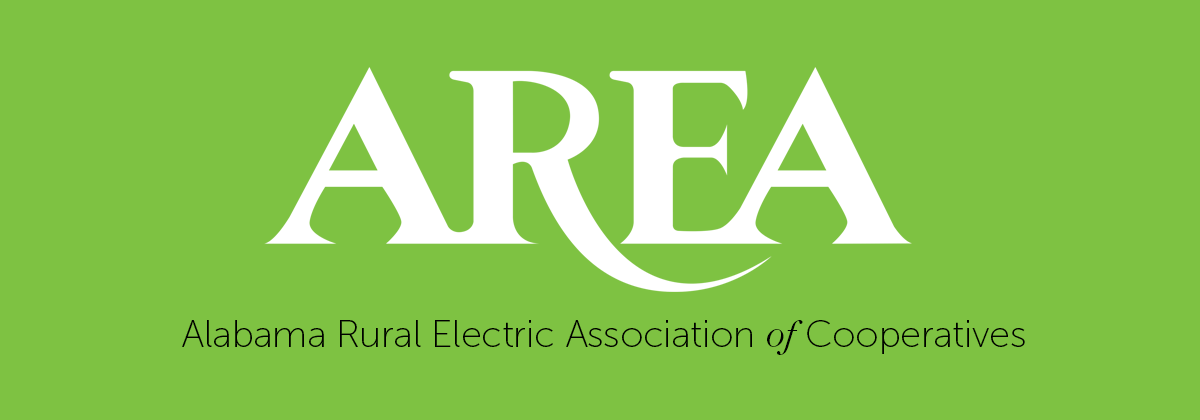Staking Technician Training (Phase 2) -- July 28-31, 2020 -- Online
UNDERGROUND DESIGN AND SUBDIVISION LAYOUT (Covered in Phase 3)
In addition to designing overhead lines, the staking technician must also design underground facilities. This course will explain the components of underground distribution systems along with their application and limitations. The student will learn how to lay out subdivisions, specify pad-mounted equipment and design sectionalizing systems. This course will also cover conduit systems and the correct methods for calculating pulling tensions relative to conduit bends and cable runs.
- a. Underground cable
- b. Components
- c. Pad-mounted switchgear
- d. Over-voltage protection
- e. Cable pulling in conduit systems
- f. Designing underground systems
- 1. OBTAINING PERMITS (Covered in Phase 2)
Today, property owners are more reluctant to give right-of-way easements for overhead or underground power lines. Consequently, more use is being made of existing public rights-of-ways. To do this, permits must be obtained from the governing agency. They are usually detailed and onerous. This domain teaches the student what information is required in a permit, how to set up an efficient permitting process, how to establish good personnel contacts to ease the process and how to prepare permit documents and drawings. The governmental agencies discussed in the course are listed in the course outline.
- a. General
- b. Departments of Transportation (state, county and municipal)
- c. US Corps of Engineers
- d. Transmission lines
- e. Miscellaneous permits
Registration for this event is now closed.
